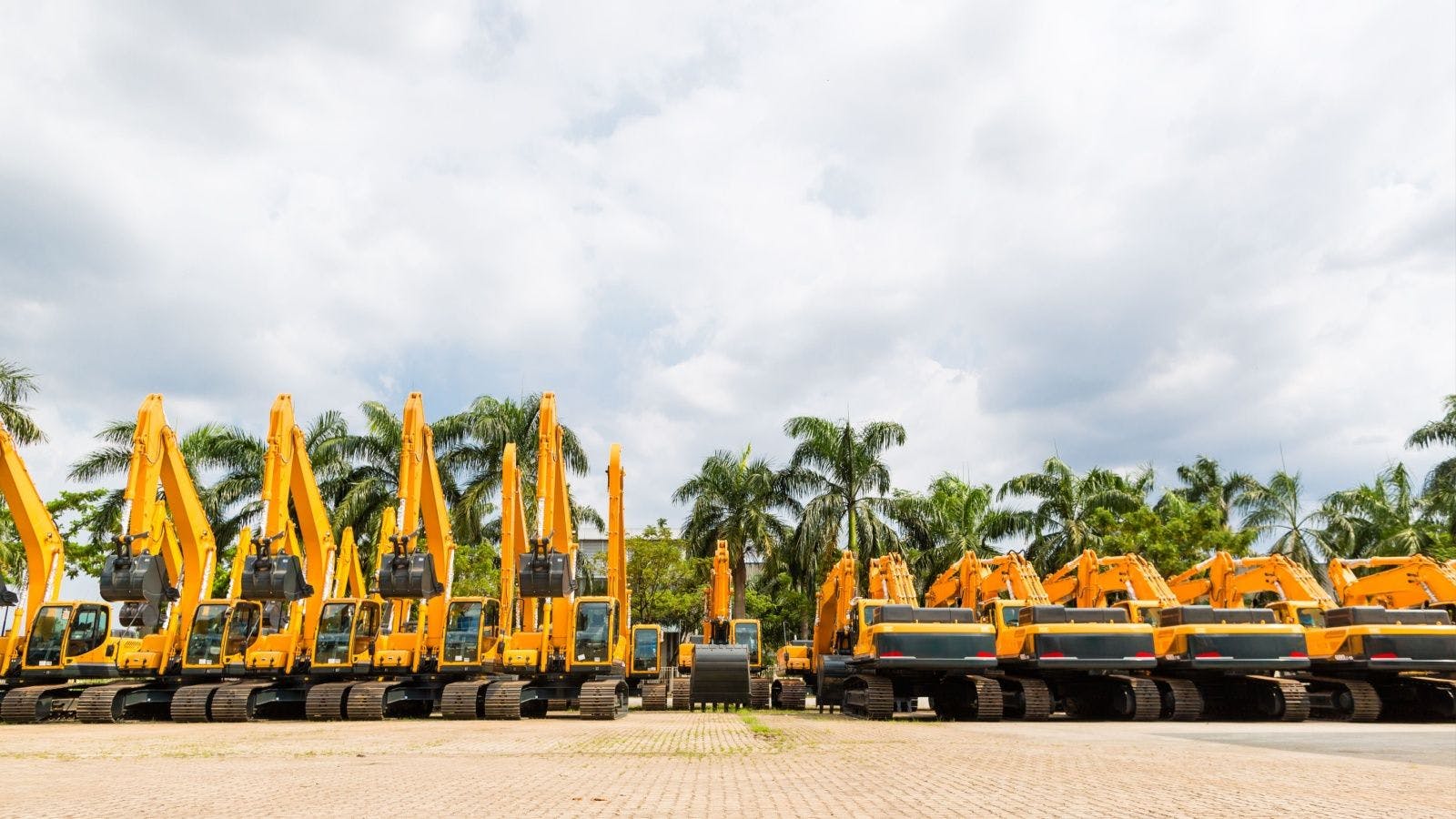
CE’s Mid-Year Economic Forecast: It Will Get Worse Before It Gets Better
According to ABC Chief Economist Anirban Basu, the economic outlook for both the construction industry and the overall national economy—while showing improvement—is overtly pessimistic. While certain challenges resulting from the pandemic have either lessened or shifted, Basu noted during "Construction Executive's Mid-Year 2023 Construction Economic Update and Forecast" on July 26, other challenges have increased or presented themselves anew.
Responding to a live poll, webinar attendees ranked the leading challenges for construction companies for the remainder of 2023 in this order:
1. Skilled-worker shortage
2. Project financing availability
3. Supply chain and materials
GOOD NEWS FIRST
Basu began with good news: National economic levels are nearing or surpassing pre-pandemic levels across most sectors; construction materials prices are down 4.9% year-over-year from June 2022; energy prices are also down—crude energy -50.9%, crude petroleum -42.6%, natural gas -76.89%, lumber -20.8% and steel -18%; America hasn't lost jobs since December 2020, adding 209,000 jobs in June 2023; and unemployment has remained stagnant at an incredibly low 3.6%.
But Basu warned against taking this performance for granted, predicting that there will be a recession within the next 12 months. Warning signs that he identified include the weakening global and national economies, rising borrowing costs and inflation—plus the fact that the Fed hiked interest rates again that very afternoon. Even if this were to be the last rate hike, Basu noted, rate cuts won't occur until at least 2024; in the meantime, the previously imposed hikes will still be affecting the economy.
THE THREE CHALLENGES
Considering the impending recession, Basu said he doesn't expect the challenges plaguing the construction sector to ease anytime soon.
Skilled-worker shortage: The pandemic shook up the way of life for the average working American—in every industry. People began working remotely and enjoying it. Today, Basu said, more people are continuing to work remotely or seek remote work, which much of the construction sector doesn't offer or support. Meanwhile, the Baby Boomer generation is retiring, taking with them not only laborers but their skillsets, experience, expertise and wisdom. With much of the younger generations seeking remote work, it's hard to fill those now-empty spots.
But, approximately one-third of the American construction workforce is made up foreign-born workers. While not a short-term solution, Basu said, if the construction industry can attract more workers from abroad, that will open up the worker pool. Of course, it also takes time to rebuild the skillsets that are being lost with the older generation. But if those spots are never filled, that skillset can never be rebuilt.
Project financing availability: In 2020, the overnight bank lending rate was 0.25%. A year after the pandemic hit, Basu said, the Fed had done nothing to address its effects, but people, companies and employees noticed them. As inflation settled in, corporate and company expenses were passed along to consumers. Over the last two years, inflation and interest rates have increased, banks have failed and the lending rate—as of July 26—stands at 5.5%.
Not only are everyday rates and borrowing rates more expensive, Basu said, but borrowing is a greater risk to take considering the state of the banking industry, which has seen several high-profile failures this year.
Supply chain and materials: Slowly, the supply chain is coming back to life and materials costs are coming down, Basu said. As mentioned, energy, lumber and steel prices are all down from a year ago, meaning their supply chains and accessibility to them have improved—but they're still not ideal by any degree.
ENDING ON A POSITIVE NOTE
While construction companies remain mindful of these continuing challenges and aware of a looming recession, Basu said they can be comforted by some positive indicators.
First, in another live poll conducted during the webinar, while 31% of attendees reported that their overall profit margins have have remained relatively stagnant over the last year, 37% reported slight improvement and 7% reported substantial improvement.
Second, ABC’s Backlog Indicator reports a strong, stationary backlog of projects for the past year, with 30% of companies reporting their backlog has remained the same, 25% reporting a slight increase and 17% reporting a considerable increase.
And third, ABC’s Construction Confidence Index levels are predicted to continue to climb for the next six months, reaching or surpassing pre-pandemic levels of February 2019.
With positives and negatives forecasted for the rest of 2023 and into 2024, the U.S. construction industry can plan to remain relatively strong with slight improvement in the near future, Basu said—but must prepare for recessionary challenges for the long term.
For more information, see the full webinar here. Register for future CE webinars at webinars.constructionexec.com.
Related stories








